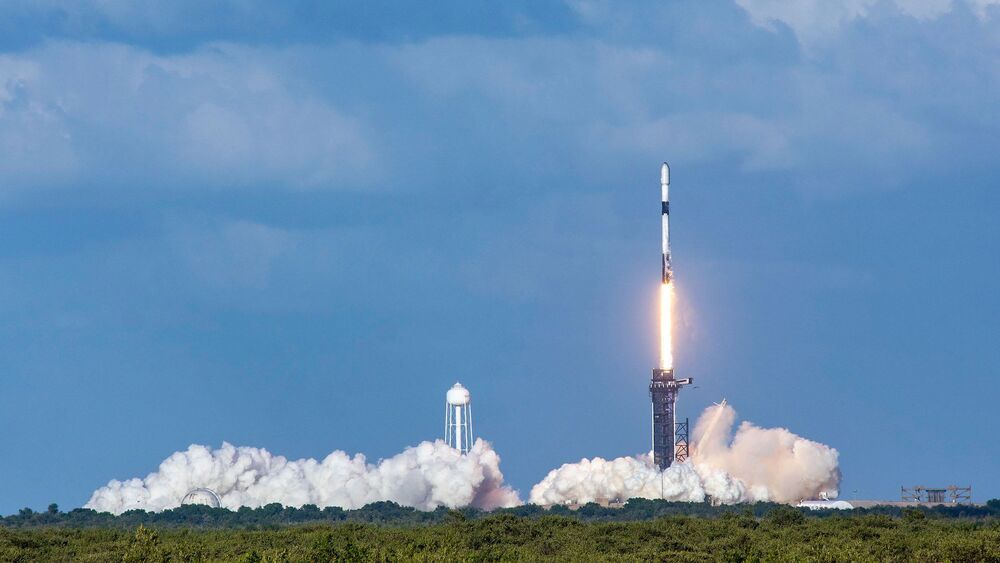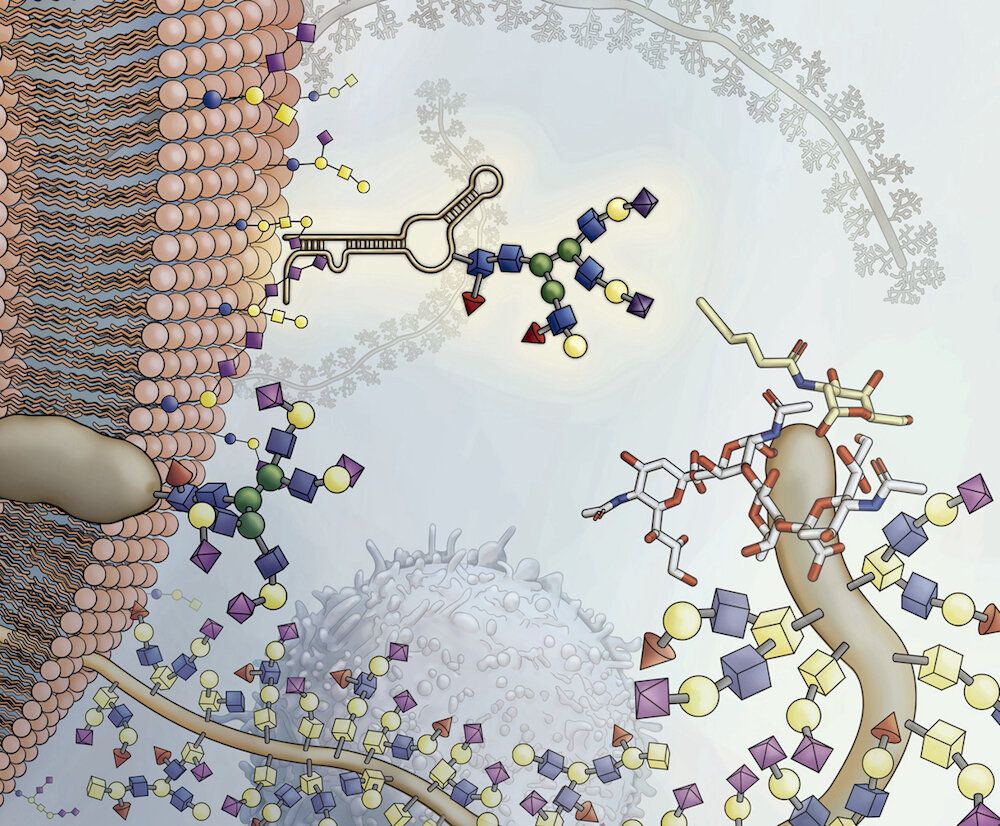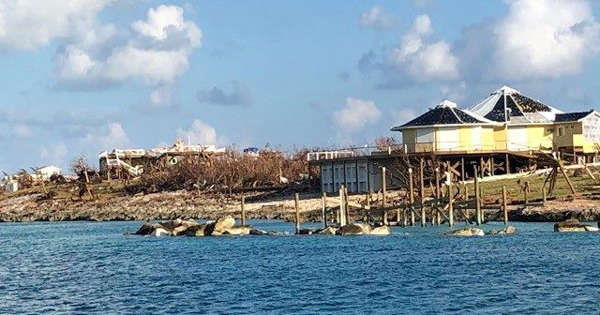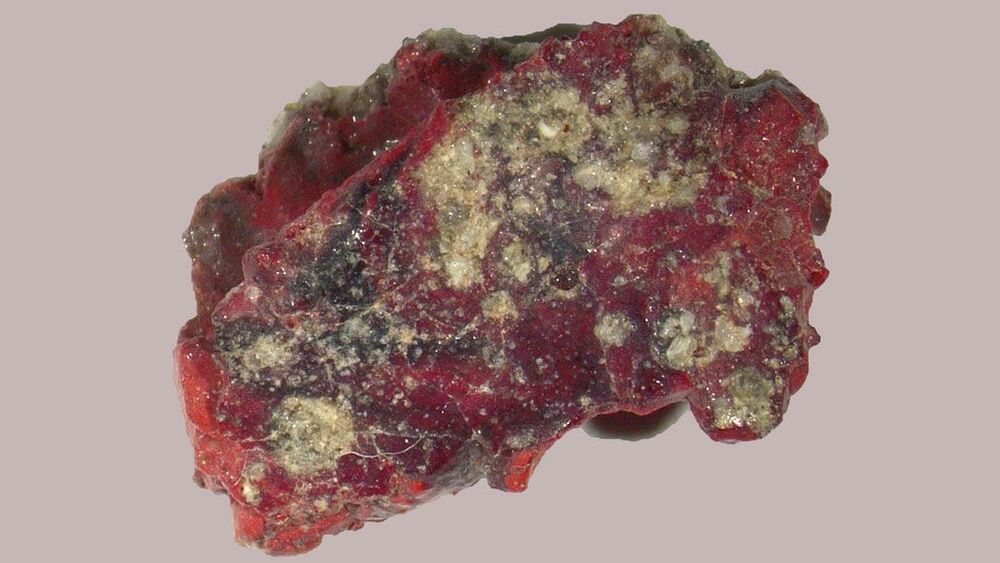WASHINGTON — The Tyvak-0130 rideshare payload that flew to orbit May 15 on a SpaceX Falcon 9 carries a miniature space telescope for possible commercial use.
The technology was developed by Tyvak Nano-Satellite Systems and the Lawrence Livermore National Laboratory under a four-year agreement to advance compact telescopes for commercial applications, Tyvak’s CEO Christian “Boris” Becker said in an interview with SpaceNews.
Becker, a retired U.S. Navy rear admiral, was recently named chief executive of Tyvak, a satellite manufacturer in Irvine, California, owned by Terran Orbital.






